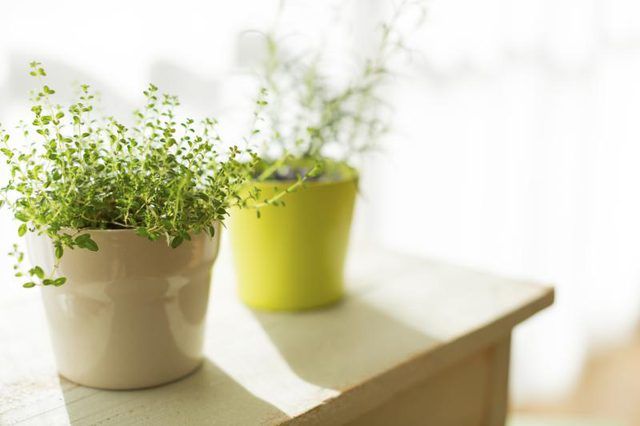Bulbs
Flower Basics
Flower Beds & Specialty Gardens
Flower Garden
Garden Furniture
Garden Gnomes
Garden Seeds
Garden Sheds
Garden Statues
Garden Tools & Supplies
Gardening Basics
Green & Organic
Groundcovers & Vines
Growing Annuals
Growing Basil
Growing Beans
Growing Berries
Growing Blueberries
Growing Cactus
Growing Corn
Growing Cotton
Growing Edibles
Growing Flowers
Growing Garlic
Growing Grapes
Growing Grass
Growing Herbs
Growing Jasmine
Growing Mint
Growing Mushrooms
Orchids
Growing Peanuts
Growing Perennials
Growing Plants
Growing Rosemary
Growing Roses
Growing Strawberries
Growing Sunflowers
Growing Thyme
Growing Tomatoes
Growing Tulips
Growing Vegetables
Herb Basics
Herb Garden
Indoor Growing
Landscaping Basics
Landscaping Patios
Landscaping Plants
Landscaping Shrubs
Landscaping Trees
Landscaping Walks & Pathways
Lawn Basics
Lawn Maintenance
Lawn Mowers
Lawn Ornaments
Lawn Planting
Lawn Tools
Outdoor Growing
Overall Landscape Planning
Pests, Weeds & Problems
Plant Basics
Rock Garden
Rose Garden
Shrubs
Soil
Specialty Gardens
Trees
Vegetable Garden
Yard Maintenance
Do Houseplants Remove Carbon Monoxide and Clean the Air?
Do Houseplants Remove Carbon Monoxide and Clean the Air? . Most people know that trees are a valuable natural resource. Trees provide lumber, produce fruit, nuts and oxygen, for example, and they remove carbon dioxide from the air. Not only trees freshen the air, however; other plants do it, too. In fact, a study by the National Aeronautics and...

Most people know that trees are a valuable natural resource. Trees provide lumber, produce fruit, nuts and oxygen, for example, and they remove carbon dioxide from the air. Not only trees freshen the air, however; other plants do it, too. In fact, a study by the National Aeronautics and Space Administration found that several common houseplants can remove toxins from the air inside a closed room.
The Evidence
Space is at a premium in a spacecraft, and close quarters can make for some stale air. Air pollutants are a problem because it's not as if astronauts can crack a window. So a team of NASA researches set out to determine whether or not common houseplants could scrub the air clean in a spacecraft. The results revealed that within 24 hours some houseplants can remove up to 87 percent of certain pollutants in the air. Not all of the plants cleaned equally, but all did clean the air. Other researchers confirmed the results.
The Toxins
NASA tested plants' effect on three pollutants -- benzene, formaldehyde and trichloroethylene -- found on spacecrafts. Those three toxins are also common in homes and businesses; furniture and building materials emit them. Over time, they build up in the air, especially in energy-efficient buildings that are sealed tight to reduce heating and cooling costs. The pollutants can cause headaches, dizziness, nausea and eye irritation. A follow-up study by researchers at the National Space Technologies Lab found that plants also can remove nitrogen dioxide, formaldehyde and carbon monoxide from the air.
The Process
Plants create food through the process of photosynthesis, in which they absorb carbon dioxide through their leaves and release oxygen and water vapor. They absorb pollutants along with the carbon dioxide, however. Plants naturally break down some of the pollutants as the chemicals make their way to the plants' roots. In addition, soil microbes do a lot of the work once the pollutants exit the plants through the roots; the soil microbes use the pollutants as a food source.
The Plants
Of the tested plants, the Chinese evergreen (Aglaonema modestum) was found to remove carbon monoxide and other pollutants, as was the spider plant (Chlorophytum comosum), peace lily (Spathiphyllum spp.) and golden pothos (Epipremnum aureum). Hardy in U.S. Department of Agriculture plant hardiness zones 10b through 11, the Chinese evergreen is prized for its large, shiny leaves and ease of growth. The spider plant, on the other hand, has long, thin leaves and the additional value of being a prolific baby-maker; it creates little plantlets that hang at the tips of its slender stems. The spider plant is hardy in USDA zones 9 through 11. Peace lily is hardy in USDA zones 10b through 12 and is prized for its long-lasting, showy, white spathes. Like the peace lily and spider plant, the golden pothos is a broad-leaved plant. Hardy in USDA zones 10 through 12, this vine is most notable for the golden marbling on its leaves and its climbing habit.